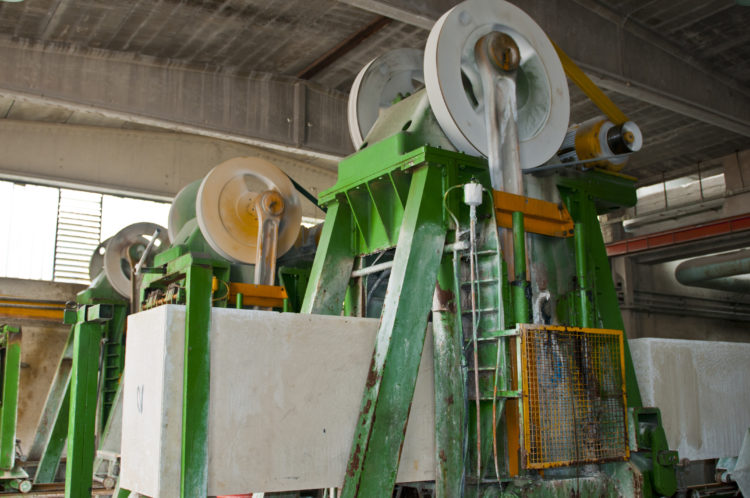A walk through Europe reveals much about the difference between engineered and natural stone. Those ancient buildings are beautiful, and the patina and wear they gain over the years makes them even more so. But a closer look reveals imperfections: The material is disintegrated in some places and cracked in others. Although this is the classic charm of old Europe, the same doesn’t go for places like your kitchen counter or the flooring in an airport or shopping mall. For such spaces, you want to know that the material can perform a certain duty, which is one of the key reasons people choose engineered stone surfaces.
What does it mean for a material to be engineered versus natural?
There are two types of material when it comes to stone:
- Natural slab. This means manufacturers cut blocks of stone from a mountain or quarry, cut those blocks into slabs, and sell them to you as they are.
- Engineered slab. For engineered surfaces, those same natural materials are put through a manufacturing process that improves the qualities — such as durability and consistency — of the slab.
What are the main differences in an engineered surface?
Consistency in aesthetics …
Natural slabs are beautiful, and Mother Nature has a creative way of making veining, patterns, texture, and color mixtures. The flip side of this is that much of the look of your natural-slab surface is left to chance. With engineered slabs, you can not only custom pick the color and look of your surface, but you’re guaranteed that the slab will maintain a consistent look throughout.
And performance.
The same goes for the performance of the surface. With natural slabs, you’re never guaranteed the technical or aesthetic characteristics and consistency of an engineered product because you don’t know what every inch of the slab will look and perform like. You can test random areas and average them, but that’s not a true indicator of the surface throughout.
With engineered slabs, you’ll know just what to expect from your surface. Manufacturers test the qualities so they can tell customers everything they need to know about how it will perform in their space.
The opportunity to customize.
Engineered slabs give consumers the chance to customize more than just design and color. Choose properties including:
- Textures
- Finishes
- Nuances
- Composition
Waterjet cutting and sublimation printing are also available for further personalization.
Durability and sustainability.
The engineering process enables manufacturers to enhance and add properties to the raw materials. For instance, Santamargherita’s quartz surfaces are nonporous, which makes these surfaces extremely resistant to staining, scratching, and more. Engineering also enables manufacturers to increase the slabs strength, making them more resilient — and extending their lifespan.
Easy maintenance.
Hold a natural stone surface to the light, and you’ll see its pitting, which is the tiny bumps and pores in its surface where dirt and grime typically collect. This pitting is why natural surfaces are more likely to stain and require sealing. Engineered surfaces are made to be much smoother, and the engineering process minimizes these dirt-attracting pores.
How popular are engineered surfaces today?
In the countertop market today, roughly 35 percent of what people are consuming is engineered quartz and marble, and that amount grows every year.
There’s still a majority of natural stone being installed because many people don’t understand the differences between natural and engineered stone. But those who seek a more durable slab to improve the value of their home are going with engineered surfaces — and as such, their popularity continues to grow.
Want to learn more about whether engineered surfaces are a fit for your space? Here’s how to find a dealer near you.
—
John Brodrick is the North American sales manager for Santamargherita. He has 17 years of experience in the manufacturing industry specializing in engineered surfaces for residential and commercial use. John has lent his expertise to projects worldwide ranging from airports and shopping malls to thousands of residential homes.

